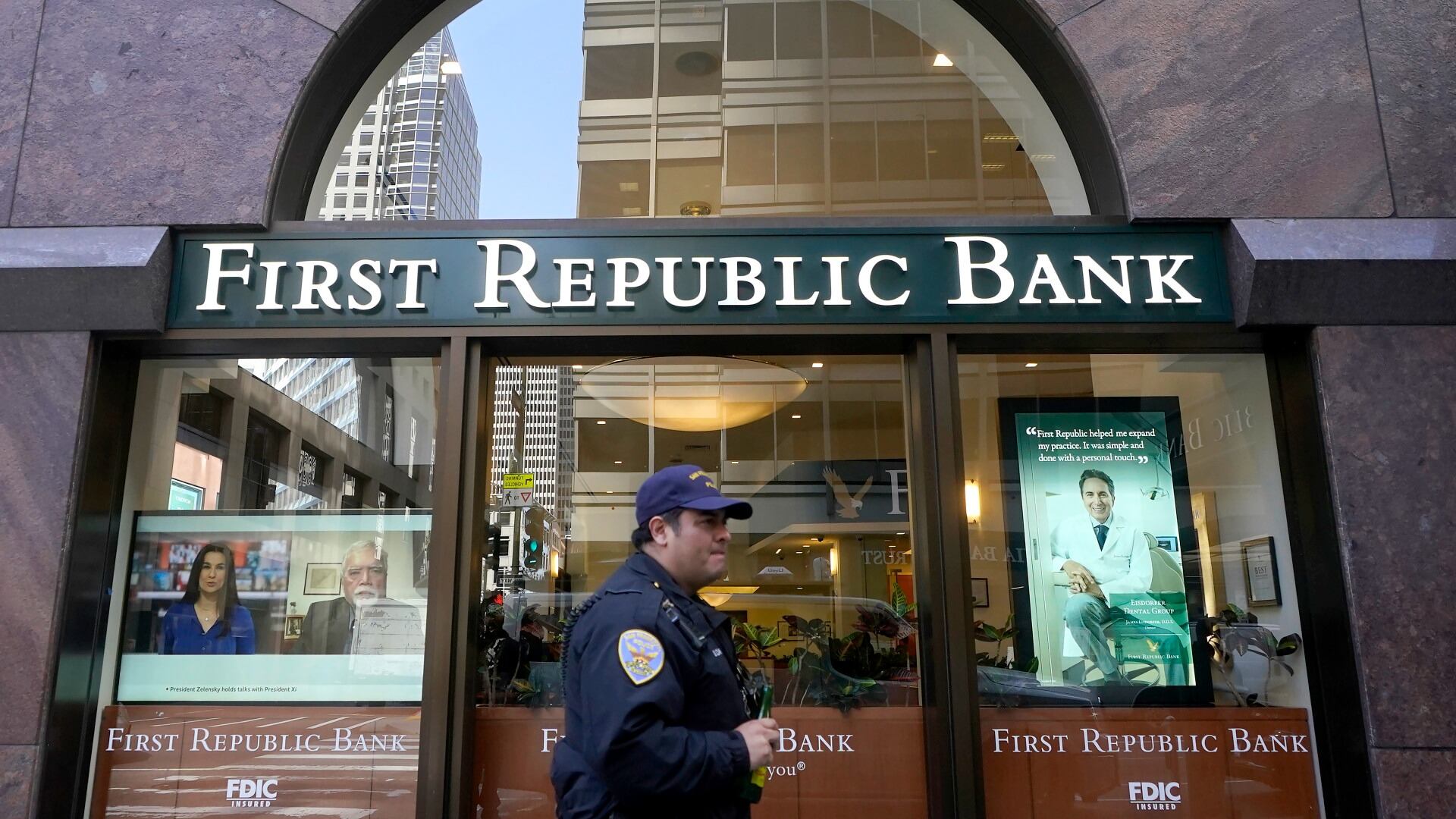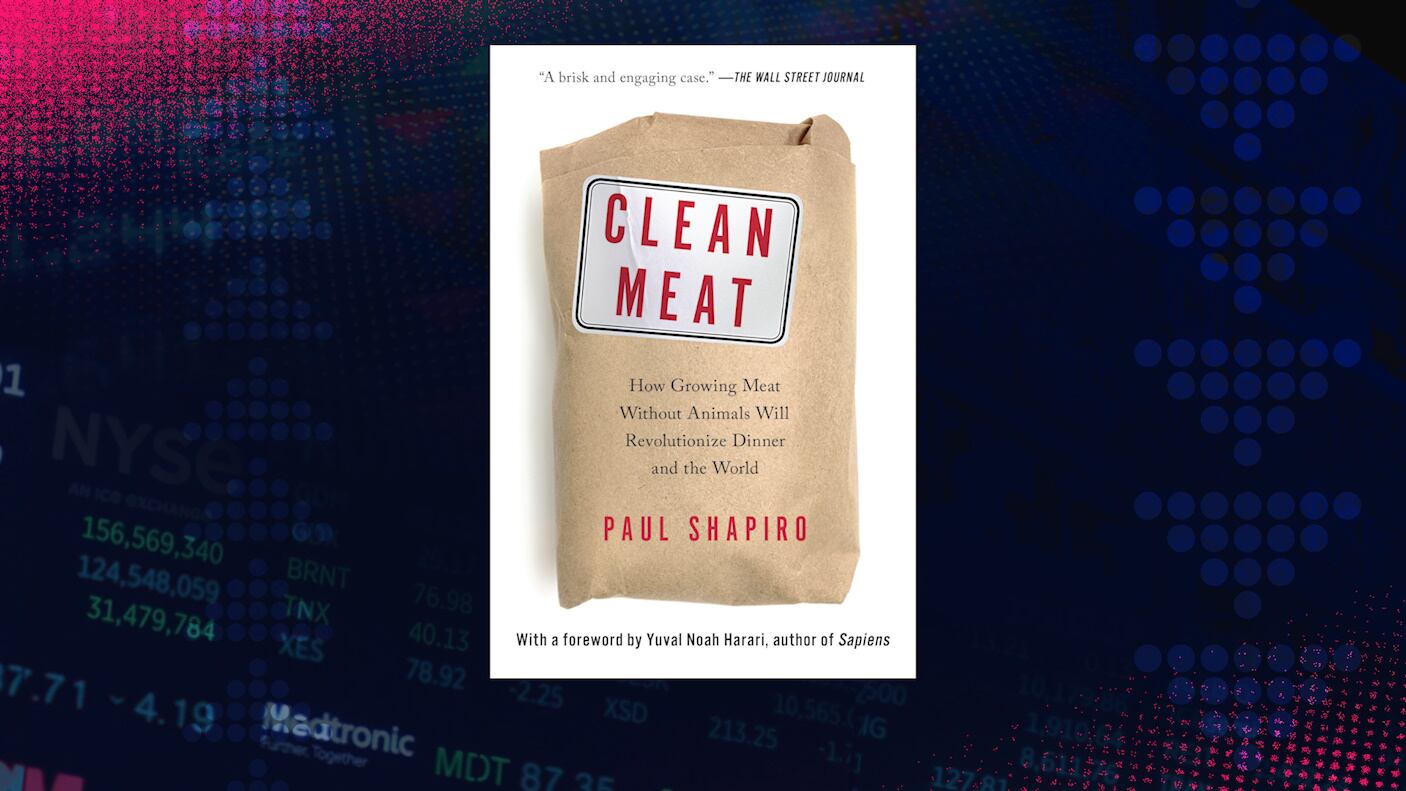By Ken Sweet
Regulators seized troubled First Republic Bank early Monday, making it the second-largest bank failure in U.S. history, and promptly sold all of its deposits and most of its assets to JPMorgan Chase in a bid to end the turmoil that has raised questions about the health of the U.S. banking system.
It's the third midsize bank to fail in less than two months. The only larger bank failure in U.S. history was Washington Mutual, which collapsed at the height of the 2008 financial crisis and was also taken over by JPMorgan in a similar government-orchestrated deal.
“Our government invited us and others to step up, and we did,” said Jamie Dimon, chairman and CEO of JPMorgan Chase.
Dimon said in a conference call with both reporters and investors that he believed “this part of this (banking) crisis is over.” Other midsize banks reported their results last week and the vast majority of them showed deposits had stabilized and profits remained relatively healthy. The outlier was First Republic.
Once the envy of the banking industry, First Republic has struggled since the March collapses of Silicon Valley Bank and Signature Bank. Investors and depositors had grown increasingly worried about the bank's large amount of uninsured deposits — that is, deposits above the $250,000 limit set by the FDIC — and exposure to low interest rate loans.
A coalition of a dozen banks pulled together a $30 billion funding package for First Republic last month that, for awhile, seemed to stanch the bleeding out of the bank. But it became increasingly clear that First Republic was on borrowed time: it needed to find a buyer, or find new forms of funding to replace the deposits that were exiting the bank.
First Republic planned to sell off unprofitable assets, including low interest mortgages that it provided to wealthy clients. It also announced plans to lay off up to a quarter of its workforce, which totaled about 7,200 employees in late 2022. But it was seen as too little, too late, by analysts.
The $30 billion package “bought time when time was needed” for First Republic, said Jeremy Barnum, JPMorgan’s chief financial officer, in a call with reporters.
Last Monday, First Republic reported its first-quarter results and stunned analysts and investors when it revealed that $100 billion in deposits had flowed out of the bank, most in mid-March immediately after the failure of Silicon Valley Bank and Signature Bank. Its executives took no questions from analysts on an earning conference call. First Republic's stock plunged more than 50% the day after the report.
By mid last week, it became clear government intervention in First Republic was necessary. Treasury officials asked banks to submit bids for First Republic, and bankers and regulators worked through the weekend to find a way forward.
Once again JPMorgan Chase, the nation’s biggest bank with a reputation as a dealmaker during times of crisis, became the government's go-to bank. Treasury officials had enlisted JPMorgan last month to lead the $30 billion rescue package. Back in 2008, Dimon was the go-to banker for Washington to find private solutions for that banking crisis and JPMorgan acquired both Bear Stearns and Washington Mutual.
The Federal Reserve and FDIC, which regulate the banking industry along with the Office of Comptroller of the Currency, could face renewed criticism over their handling of First Republic. Both acknowledged Friday in separate reports that lax supervision had contributed to the failures of Silicon Valley Bank and Signature Bank.
There could also now be questions about the size of JPMorgan Chase, which has more than $3 trillion in assets and is by far the biggest of the “too big to fail” institutions around the world. JPMorgan is so big that by law it would not be allowed to buy First Republic because no one bank can have more than a 10% market share of deposits in the U.S. It is only because First Republic failed that JPMorgan was able to step in.
In a statement, JPMorgan portrayed the First Republic deal as beneficial both to the financial system and the company. As part of the agreement, the FDIC will share losses with JPMorgan on First Republic’s loans. JPMorgan expects the addition of First Republic to add $500 million to its net income per year, although it expects to incur $2 billion in costs integrating First Republic into its operations over the next 18 months.
___
Associated Press Staff Writer Matt O'Brien in Providence, Rhode Island, contributed to this report.
UPDATES: Significant revisions throughout story.













